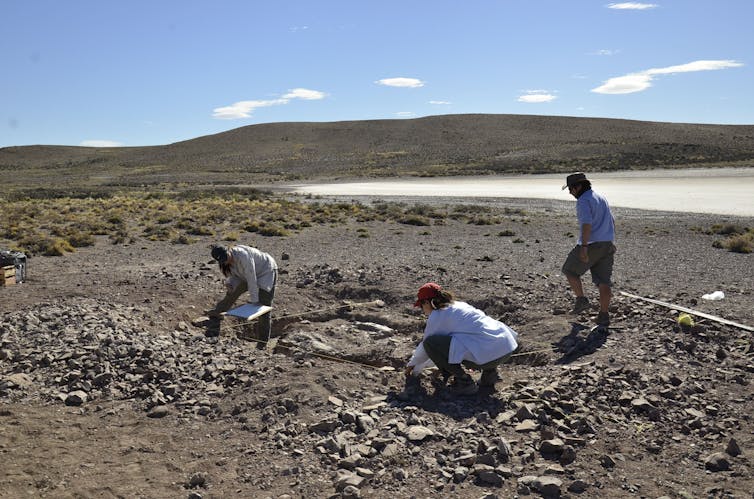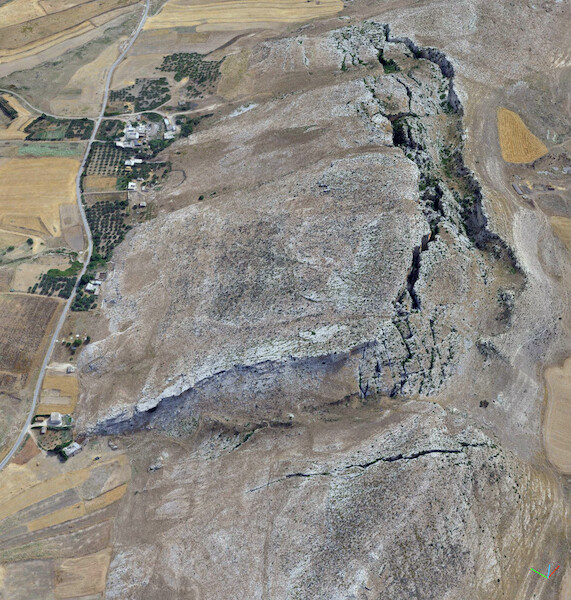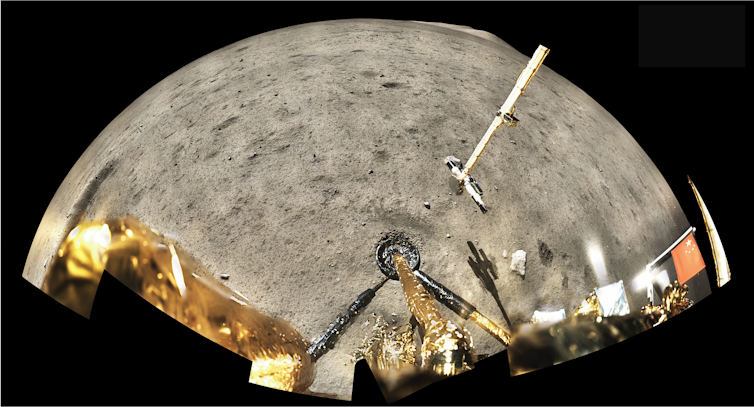Were Dinosaurs Good Neighbours?
A correspondent has sent me THIS LINK - many thanks. In it Mike Benton discusses whether dinosaurs were social animals. The basis of his discussion is THIS PAPER. the researchers have found and described a site in Patagonia where they found nests with eggs and the skeletons of Mussaurus patagonicus. The skeletons ranged from babies to adults. The age is given as 193 million years.
The nests were spaced at a distance consistent with the animals size - close but not too close. It is suggested that they returned to the site regularly. There is evidence that it is a life assemblage - at least for the eggs - perhaps a dust storm buried the eggs. The skeletons are mostly complete and therefore are at the place they died.
So did these dinosaurs live in family groups? Mike Benton is beginning to think so - dinosaurs were warm-blooded, feathered, fast-moving and had sophisticated behaviour.


